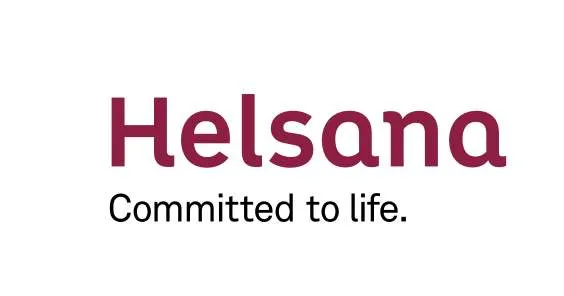(The Exposé) According to Helsana, a major Swiss health insurance company, since 2016 the number of patients receiving cancer treatments has decreased. However, something changed in 2021 and 2022.
In 2021, Helsana’s data shows there was a dramatic increase of 73% compared to 2020 in the number of patients receiving cancer treatments. And the high number of cancer patients continued in 2022 with an increase of 74% compared to 2020.
Switzerland began its mass covid vaccination campaign on 23 December 2020.
Source: Live to Fight Another Day
The Helsana Drug Report has been published annually for the past 10 years. It analyses the Swiss pharmaceutical market and provides insights into the cost and consumption of drugs. It is prepared in cooperation with the University Hospital Basel and the Institute of Pharmaceutical Medicine of the University of Basel. The latest report, published on 30 November 2023, shows data for the year 2022.
The information from the Helsana Drug Report was highlighted by Konstantin Beck, a health economist at the University of Lucerne, in a video earlier this month. His video is in German without the option of subtitles. However, Transition News has published an article on Beck’s video, which is also in German but can be translated using an online tool.
Beck begins his video by pointing out a health survey conducted by the Swiss Federal Statistical Office (“BfS”) published on 3 November 2023. BfS conducts its health survey every five years.
Announcing the results of its survey, BfS said: “In 2022, 85 per cent of the Swiss population aged 15 and over felt healthy and 83 per cent felt happy. At the same time, more than a third live with a permanent health problem. Psychological stress has increased compared to 2017. The 15 to 24-year-old age group is particularly affected, especially young women (…). ”
From the statement above, it seems the Swiss population, according to their own assessment, was healthier in 2022 than five years earlier. However, BfS’s statement didn’t match the detailed data collected from the health survey and published by BfS. Data that was unpublished a few days later.
Before it was removed, the detailed survey data showed:
- In 2017, 33,339 people stated that they had had a heart attack, 27,584 for stroke and 116,603 for cancer.
- In 2022, however, there were 170,000 cases of heart attack, 124,515 cases of stroke and 460,771 cases of cancer.
In 2022, there was an increase in heart attacks by 136,661 cases, strokes by 96,931 and cancer by 344,166.
With such dramatic increases, why did BfS say that 85 per cent of people said they felt healthy? As Beck explained, the data collected from the 2017 survey was not comparable to data from the 2023 survey. The problem arises from a change in the question participants were asked.
In 2017, BfS’ survey asked: “Did you have any of the following illnesses or health problems in the last year?”
Heart attacks, strokes and cancer were listed as the options.
In 2023, relating to the same conditions, BfS’ survey asked: “Have you ever had any of the following illnesses and health problems in your life?”
That is of course a huge difference, Beck said, so, understandably, the numbers from 2022 were massively higher. However, what is not understandable is why the question was changed and thereby torpedoed comparability.
This approach does not exactly help to strengthen trust in the BfS, Beck added. The authorities must know that this is a very sensitive question because these numbers could reflect the negative effects of the covid injections. And if BfS first publishes such data and then deletes it again, it doesn’t make a good impression.
Why was the obviously incorrect comparison published? Why did BfS refrain from providing information about its error? And why is the BfS press release so contradictory to the development of chronic diseases? What is striking, according to Beck, is that BfS did not mention that there was an increase in heart attacks, strokes and cancer.
To try to establish what was going on, Beck used the Helsana Drug Report. In his video, Beck showed the image of the table showing the number of people receiving cancer treatments which we included at the beginning of this article. He used this data to produce the graph below:





 Graphical representation of Helsana data; the brown curve shows the fluctuations.
Graphical representation of Helsana data; the brown curve shows the fluctuations.

